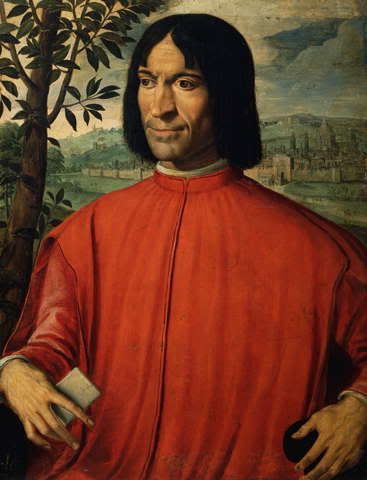The University of Delaware has announced a conference entitled "Useful and Beautiful: The Transatlantic Arts of William Morris and the Pre-Raphaelites." The conference will run between October 7-9 at the University of Delaware, the Delaware Art Museum, and the Winterthur Museum. This sounds like such an exciting conference. Unfortunately, I won't be able to attend, but I hope that some readers will go and report back!
The conference, which has been organized together with the William Morris Society in the United States, will take feature rare books and manuscripts from the University's holdings, as well as fine and decorative arts from the Delaware Art Museum. The keynote speaker for the conference will be Fred Kaplan, Professor Emeritus of English at Queens College and the Graduate Centre of the City University of New York. His address will be held Thursday, October 7, at 4:30 p.m. in the Reserve Room of the Morris Library. Dr. Kaplan has written a number of biographies,including The Singular Mark Twain; Gore Vidal; Henry James: The Imagination of Genius; Charles Dickens; Thomas Carlyle(finalist for the National Book Critics Circle Award and the Pulitzer Prize); and, most recently,Lincoln: The Biography of a Writer. His lecture, entitled “Useful and Beautiful: Henry James and Mark Twain,” is sponsored by the University of Delaware Library Associates and associated with the exhibition, London Bound: American Writers in Britain, 1870–1916, at the University of Delaware Library.
In addition to the keynote address, there will be numerous sessions by internationally recognized scholars and specialists in Pre-Raphaelite Art, and a special performance of Oscar Wilde's The Importance of Being Earnest by the University of Delaware's critically acclaimed Resident Ensemble Players/Professional Theatre Training Program.
For more information, contact Mark Samuels Lasner, Senior Research Fellow, University of Delaware Library by email at: marksl@udel.edu, (302) 831-3250; or visit them on the web www.udel.edu/conferences/uandb
The conference is priced at $150 per person, and $75 for students. There is no charge for University of Delaware faculty, students and staff.





